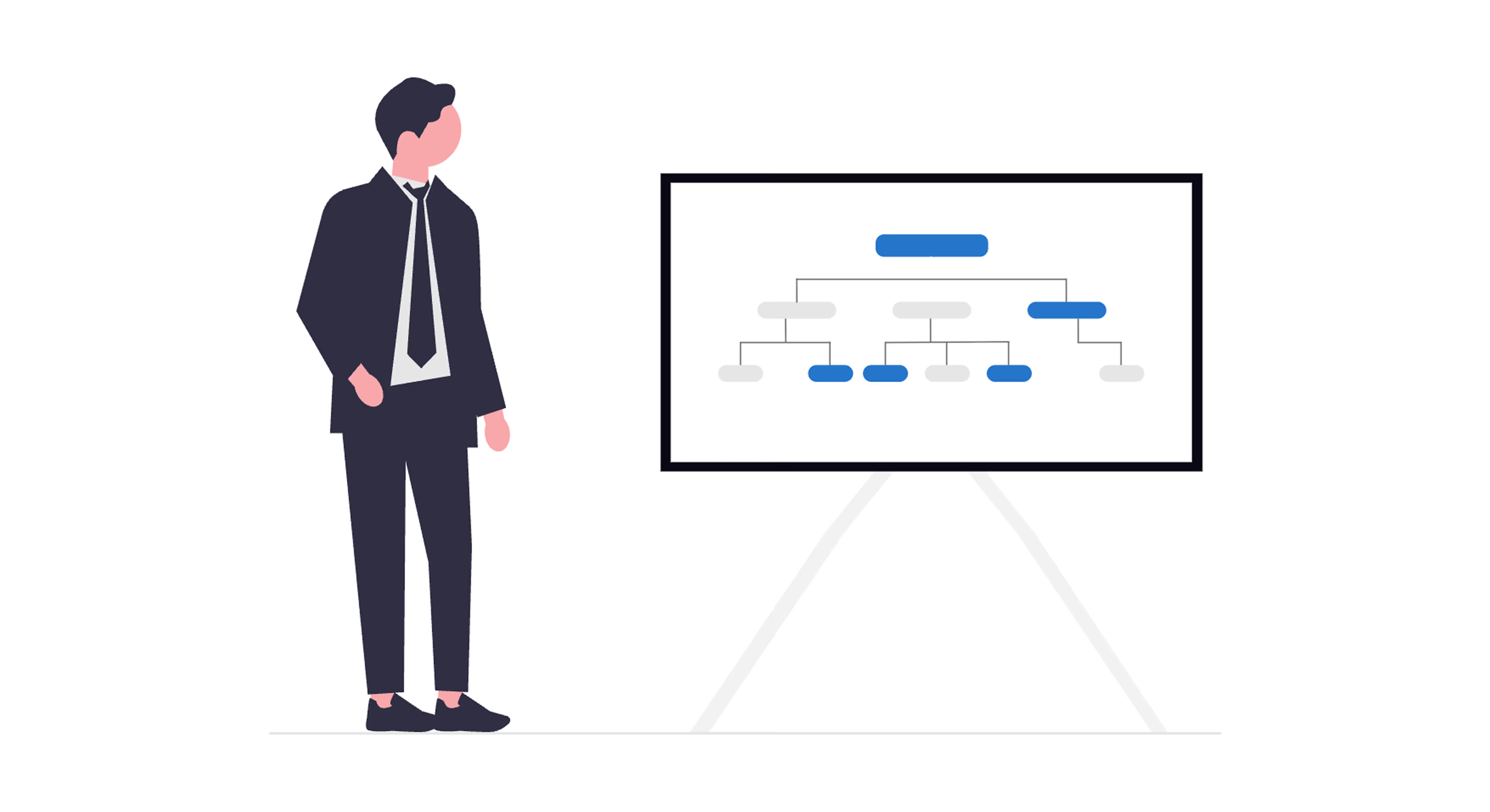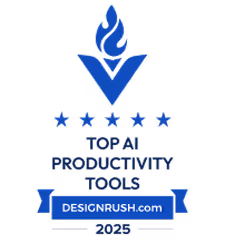Supply Chain Insights
The Role of ERP in Supply Chain Management

Enterprise Resource Planning (ERP) systems are essential for managing today’s complex supply chains, connecting processes, data, and teams to operate more efficiently and adapt quickly to changes.
The sheer volume of activities needed to make a supply chain work makes some kind of Enterprise Resource Planning (ERP) software a necessity.
Supply chains are made up of several distinct but interconnected areas:
- Procurement
- Inventory management
- Manufacturing
- Logistics
- Sales & Order Fulfillment
If each of them used completely separate software, protocols, and systems, then information would become fragmented across different departments. That fragmentation makes it difficult to respond quickly when conditions change, whether it’s a demand spike, a supplier delay, or a transportation disruption. ERPs serve as the unified platform for the supply chain, consolidating data across functions.
They function as the central nervous system for planning, procurement, and logistics.
What Is the Role of ERP in Supply Chain Management?

ERPs provide an integrated system that allows different functions to work together. It harmonizes information from sales, production, warehousing, and finance so that decisions in one area are immediately reflected across the board.
By centralizing data and standardizing processes, it ensures that all teams work from the same up-to-date information. This eliminates silos, reduces errors, and enables faster, more informed decision-making across the entire organization.
Beyond data visibility, ERPs also help companies plan strategically. They can identify trends, anticipate bottlenecks, and align resources. For example, the system can highlight potential supply shortages, flag overstock risks, or suggest adjustments to production schedules. In this way, ERPs support smarter management of the supply chain, helping companies stay agile and responsive in a complex and continually changing environment.
The Benefits of ERP for Supply Chain Management
The standout benefit of an ERP system is that it provides a single source of truth for separate but related functions. Because an update or input in one place will immediately be reflected across the network, ERPs provide companies with end-to-end integration across the supply chain. There are several related benefits that flow from this:
Real-time Visibility
ERPs provide a single, accurate view of inventory management, order management, shipments, and costs across the supply chain. This visibility is essential for avoiding stockouts, reducing excess inventory, and responding quickly to disruptions. Managers can see what is happening at any point in the network, rather than relying on outdated reports or having to hunt through siloed data.
Improved Efficiency Through Automation
By automating activities like purchase order generation, production scheduling, inventory transfers, and invoicing, ERPs reduce administrative workload and shorten cycle times.
Cost Savings and Lean Operations
Every operational activity along the supply chain (like raising a purchase order, booking a shipment, completing a production run, or transferring inventory) is automatically tied to the accounting and finance modules in a company’s ERP.
That means the moment a transaction happens, the general ledger, accounts payable/receivable, and cost accounting are updated in real time.
For example:
- A purchase order creates a financial commitment (liability).
- A goods receipt updates inventory value and balance sheet.
- A production run rolls up material, labor, and overhead costs into cost of goods sold (COGS).
- A customer shipment triggers revenue recognition and accounts receivable.
So instead of operations and finance being siloed (with accountants waiting for manual updates at month-end), finance has a live feed of what’s happening operationally. Margins are calculated automatically as the operational data flows in and managers get instant visibility into costs, margins, and working capital.
Resilience and Agility
Having well integrated systems and good visibility into operations means companies are better able to handle sudden changes and more resilient to shocks. Companies with a strong ERP system are also able to respond more nimbly when the unexpected happens. If managers have all the information they need to spot, predict, and adapt to changes in inventory, demand, delivery times, etc., they’re much better equipped to make the necessary changes and keep things running smoothly.
Compliance and Traceability
ERPs record supplier details, lot numbers, and quality checks in ways that can be audited. For industries like food & beverage, and personal care, where recalls and regulatory requirements are common, this capability is critical for compliance and risk management.
ERP Across the Supply Chain Lifecycle

Each stage of the supply chain presents different challenges and data needs. Different ERP vendors will focus on one area more than another, and companies looking to integrate ERP systems should seek out the ones that cater to their unique needs. But as an outline, ERPs can provide support across the supply chain.
Planning & Forecasting
Businesses use ERPs to bring together historical sales data, demand forecasts, and market trends. Once a company has all these data sets together in one place, it can translate them into production planning, material requirements, and capacity schedules.
Planners can see the availability of raw materials, plant capacity, and inventory levels across multiple warehouses. By connecting these inputs, ERPs allow more accurate, synchronized plans and reduce the risk of overproduction or shortages.
Procurement & Supplier Management
ERPs help connect planning to procurement. When a production schedule shows that certain materials will be needed, or when planners see that inventory is running low, the system can automatically trigger procurement workflows.
Supply chain planners use their ERP to look at forecasts, orders, and inventory levels. If they see that stock of a raw material is running low, or that upcoming demand will outstrip supply, they mark that requirement in the system.
And demand can also be signalled automatically. The ERP’s production planning module generates a schedule for what products need to be made and when. If that schedule requires raw materials that aren’t currently available in inventory, the system itself flags the shortage.
Inventory & Warehouse Optimization
Having a centralized view of stock across multiple locations, including warehouses, distribution centers, and transit, means companies can optimize warehouse space and inventory. ERPs track quantities, lot numbers, expiry dates, and product movements. This allows companies to make informed decisions about where and when to move stock, avoid overstocking or stockouts, plan replenishments efficiently, and adjust quickly to changes in demand, reducing holding costs while maintaining service levels.
Logistics & Order Fulfillment
In logistics and distribution, ERPs coordinate logistics and transportation management, carrier management, and order management. The system can schedule shipments based on delivery priorities, track goods in transit, and confirm receipt with customers. Integration with financial modules ensures that shipping costs, duties, and invoicing are automatically updated.
Manufacturing & Production Scheduling
In manufacturing, ERPs link production planning with inventory, machines, and staff. Shop floor managers can see exactly what materials are on hand, what’s in progress, and what’s been completed. The system tracks work orders, production times, and machine usage, and records inspection results to flag any issues immediately. It does this by:
- Automatically checking inventory levels before scheduling a production run.
- Ensuring machines and operators are available to meet the planned schedule.
- Embedding quality inspections directly into the workflow.
This real-time visibility allows managers to make faster, more informed decisions, keeping production on schedule, minimizing errors, and maintaining product quality.
Where ERP Analytics Falls Short

ERP systems provide visibility across the supply chain, but their built-in reporting capabilities are often limited to surface-level metrics. Putting the relevant numbers for inventory management, order management, or supplier performance in one dashboard is a crucial first stage, but without going deeper, teams may still be unable to uncover underlying trends or anticipate issues.
This is where Lumi AI adds value. Lumi layers AI-driven analytics on top of existing ERP systems, allowing organizations to process ERP data in real time and gain actionable insights, without having to write complex SQL queries or replace their systems wholesale.
With Lumi, supply chain managers can:
- Ask questions in natural language and receive instant answers.
- Detect trends using predictive models.
- Make faster, smarter decisions by analyzing ERP data alongside other business data sources.
Lumi works with the ERP data you already have, connecting to major systems like SAP, Oracle, and Microsoft Dynamics. Organizations can leverage their ERP investment by enhancing existing workflows, automating processes, and increasing efficiency.
So, while ERPs provide the engine for supply chain operations, Lumi provides the intelligence that helps organizations run that engine smarter, more efficiently, and more proactively.
ERP as the Backbone of Resilient Supply Chains
ERPs deliver efficiency, visibility, and control across all supply chain operations. By centralizing data and streamlining workflows, companies can make faster, more informed decisions and maintain smooth, reliable operations even in the face of disruption.
Lumi enhances these capabilities by providing real-time insights and actionable recommendations. Together, ERP and Lumi help organizations run their supply chains efficiently, anticipate challenges, and make informed decisions quickly.
Book a demo today and discover how Lumi can unlock deeper ERP value and supercharge your supply chain management.
Related articles
The New Standard for Enterprise Analytics
Make Better, Faster Decisions.






